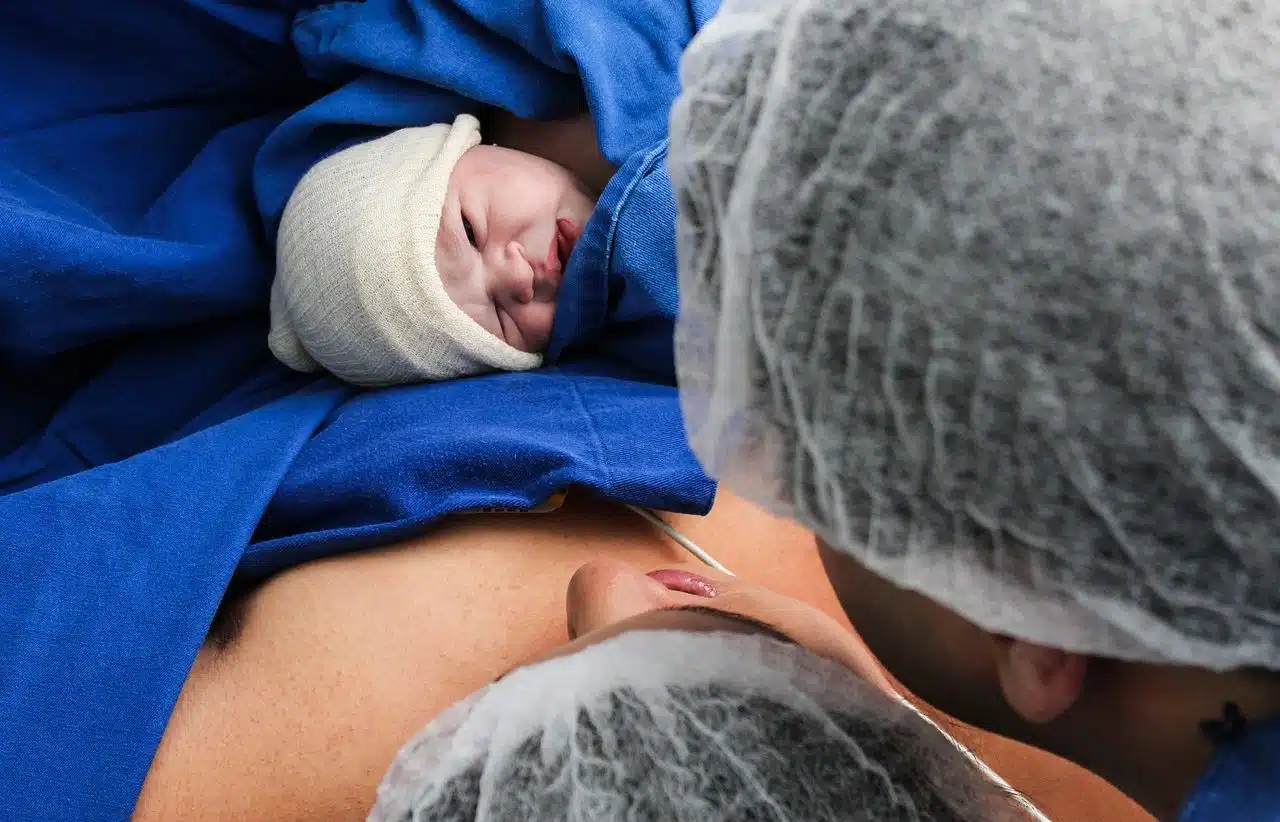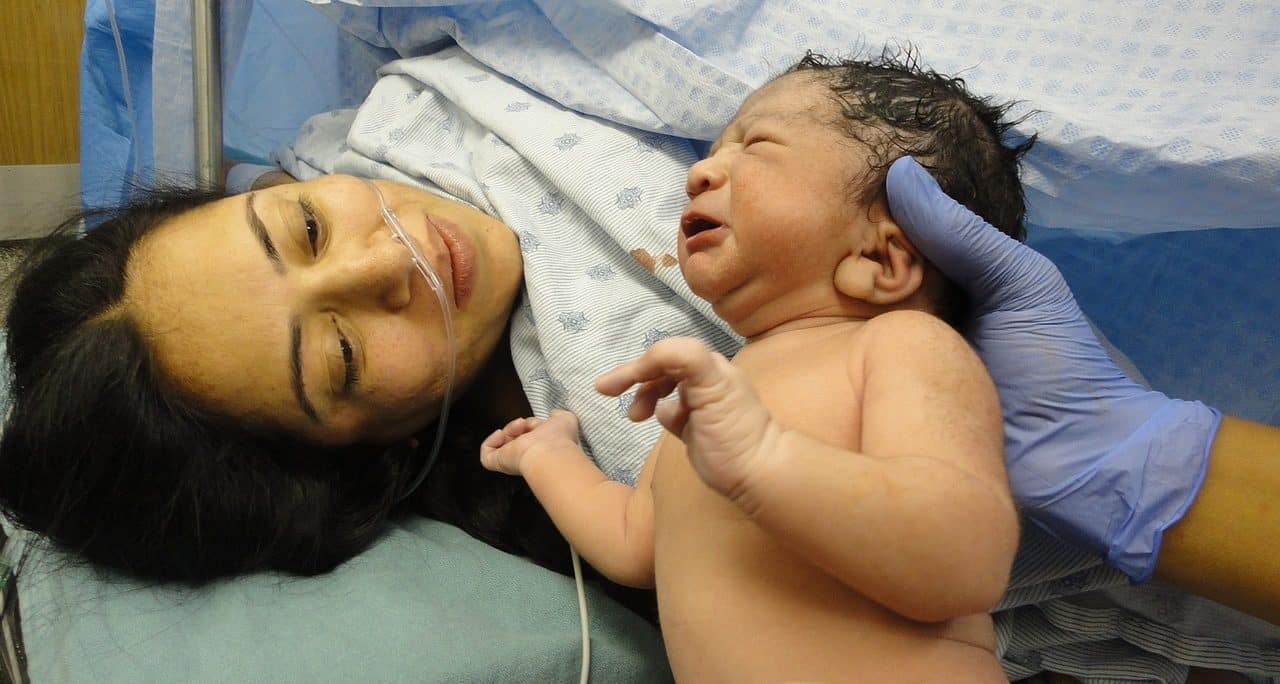
At the end of labor it is known as delivery.
Enlightenment is the act and result of giving light . The verb illuminate, for its part, can be used with reference to the fact of providing clarity or luminosity or to the action of giving birth .
It is called birth, therefore, at the end of childbirth : the culmination of the human pregnancy that takes place when the baby leaves the mother's womb . With birth, the person's age begins to be counted (that is, a human being reaches his or her first year of life when one year has passed since the moment of birth).
Birth and the beginning of life
Although the exact point at which life is considered to begin is a matter of philosophical and religious debate, it can be said that childbirth marks the birth of the individual .
From that moment on, the baby will no longer be inside the mother's womb, but will have an autonomous existence, even when it requires numerous care to survive and develop.
The contractions
Birth begins to take place with the emergence of contractions in the mother's uterus, which, as the time for the baby's delivery approaches, become more frequent and intense.
Added to this process are changes in the cervix, which dilates . The baby, in this way, begins to descend through the uterus until it comes out, if it is a natural birth, through the vagina . Delivery also involves the removal of the placenta and various membranes.

The release of the baby from the womb is known as delivery.
Birth, last phase of labor
If we take a little distance, we can say that childbirth is the third phase of childbirth, a process that occurs after an average of forty weeks of gestation . Before entering the first phase, the so-called prepartum takes place, during which oxytocin (a hormone that is produced naturally in the pituitary gland to stimulate labor) travels through the blood and it is then that the first contractions appear, although They are not always perceived by the mother.
In prepartum, the mucous plug is eliminated, although the moment in which it disappears is not the same in all cases: the distance between this event and delivery can be days or minutes. The first of the three aforementioned stages is dilation , which is divided into two:
- Passive : between six and eight hours must pass to reach three centimeters, although in some women this takes a full day. The contractions become accentuated and the pain worsens;
- Active : the frequency of contractions increases considerably, appearing every two minutes. Typically, the rate of dilation is one centimeter per hour. The widening of the cervix also occurs, so that the baby can descend.
The name of the second phase is expulsive , which begins when dilation reaches ten centimeters and the baby's skull reaches the end of the birth canal. The contractions spread but they last and hurt more than before. The mother must push rhythmically, taking care to oxygenate her child between each pressure . At the end of this phase, the baby comes out and receives normal care, such as cutting the umbilical cord.
Finally comes delivery , which is counted from the moment the baby comes out until the mother expels the placenta. For this to occur, contractions of less intensity than the previous ones occur, so that the uterus shrinks and all the elements that are no longer useful are released.
Another use of the notion
The idea of birth can also refer to a symbolic birth .
For example: "The birth of this project occurred a month ago, when I met Matías in a bar."
